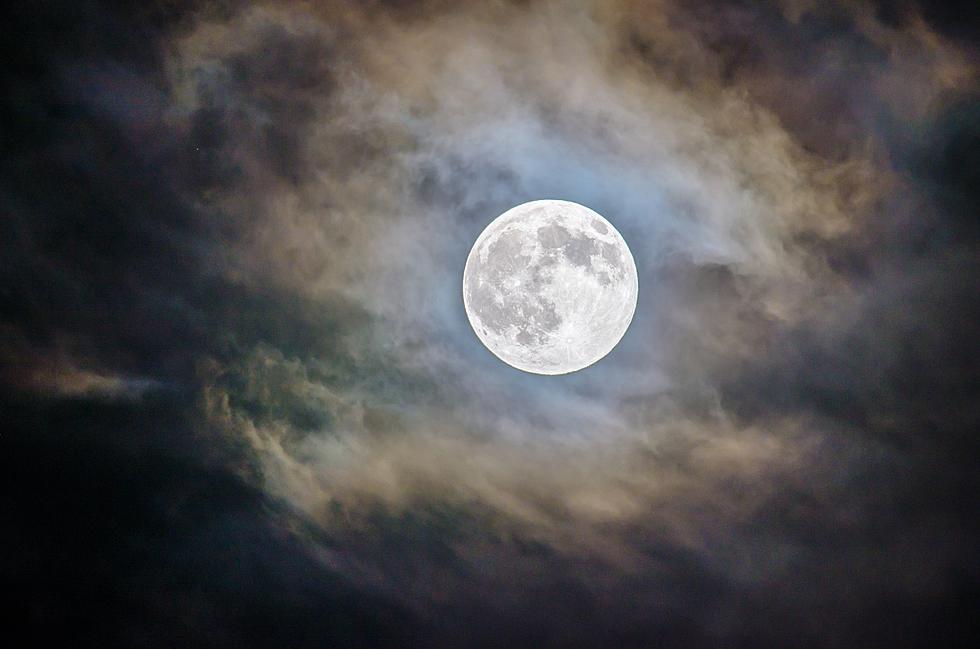
Have You Ever Seen a Lunar Halo? Here’s What Causes Ghostly Moon Rings Over Indiana and Kentucky
This common lunar phenomenon makes it look like the moon has a ghostly ring around it, and it makes night sky watching pretty interesting.

Night Sky Watching Memories
Ever since I was a kid I've been obsessed with space and the night sky. I think it's because I was young when Comet Hale-Bopp was passing by, and I remember going outside with my parents to look at it. To this day my parents will still call or text me to go outside whenever the moon looks really cool, and I do the same thing with my son now. I think that's why I have always found the night sky kind of fascinating.
Ghostly Rings Around the Moon
Have you ever seen a lunar halo? I always just referred to the phenomenon as seeing a ring around the moon, but it's actually called a lunar halo. I remember my dad used to say a little rhyme "When you see a ring around the moon, it means rain is coming soon." As I got older I figured it was just an old wives tale, but it turns out he wasn't actually that far off.
According to the Farmer's Almanac here is why lunar halos happen:
A lunar halo is caused by the refraction, reflection, and dispersion of light through ice particles suspended within thin, wispy, high altitude cirrus or cirrostratus clouds. As light passes through these hexagon-shaped ice crystals, it is bent at a 22-degree angle, creating a halo 22 degrees in radius (or 44 degrees in diameter).
The Farmer's Almanac goes on to share the common weather lore rhyme:
A ring around the sun or moon, means rain or snow is coming soon.
Since the lunar halo is usually caused by cirrus and cirrostratus clouds this is often true as those types of clouds are typically seen before rain and storm systems. So if you look up to the night sky and notice a lunar halo, you may want to keep that raincoat and umbrella handy!
LOOK: The most expensive weather and climate disasters in recent decades
Gallery Credit: KATELYN LEBOFF
More From WDKS-FM




